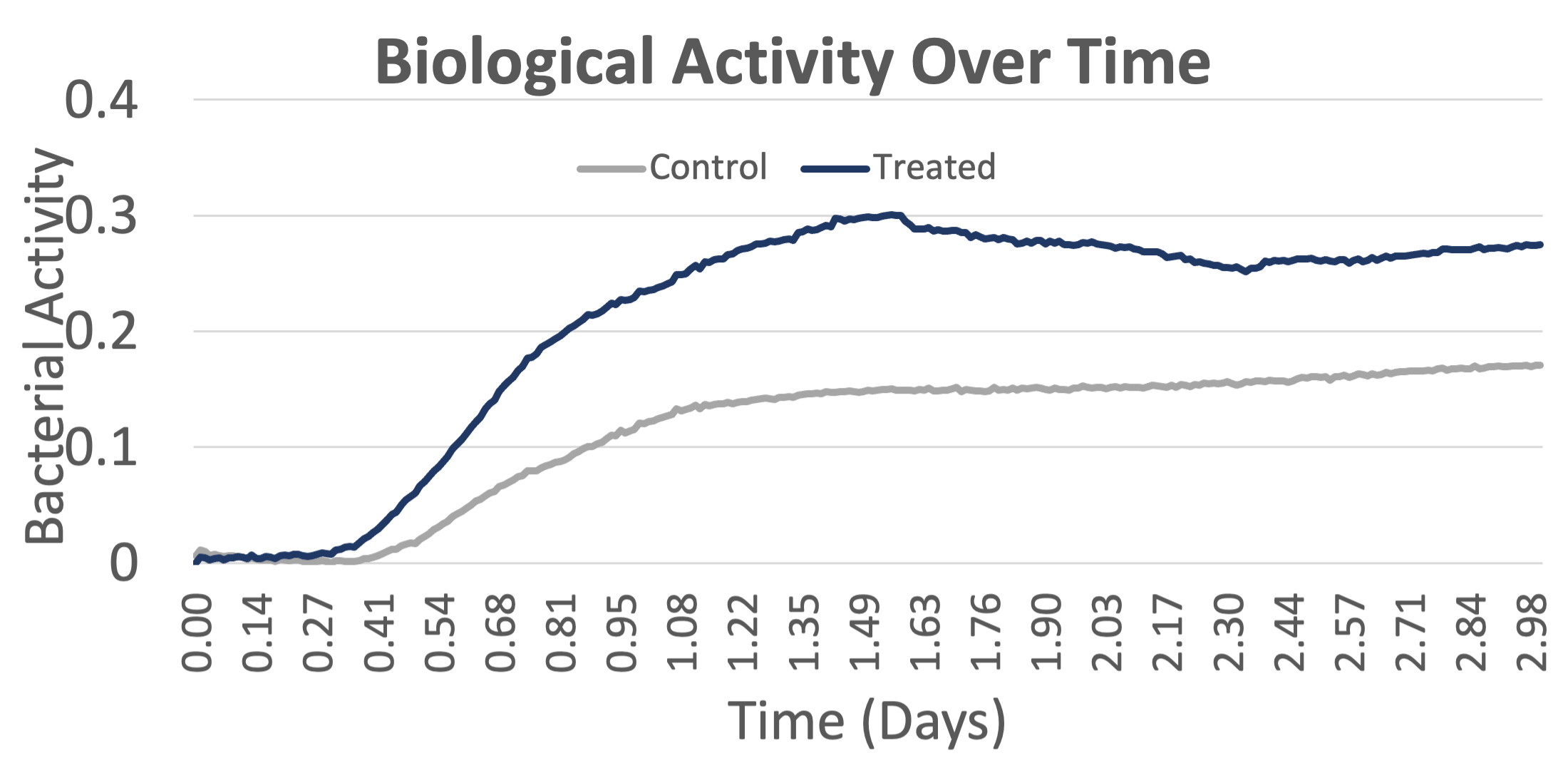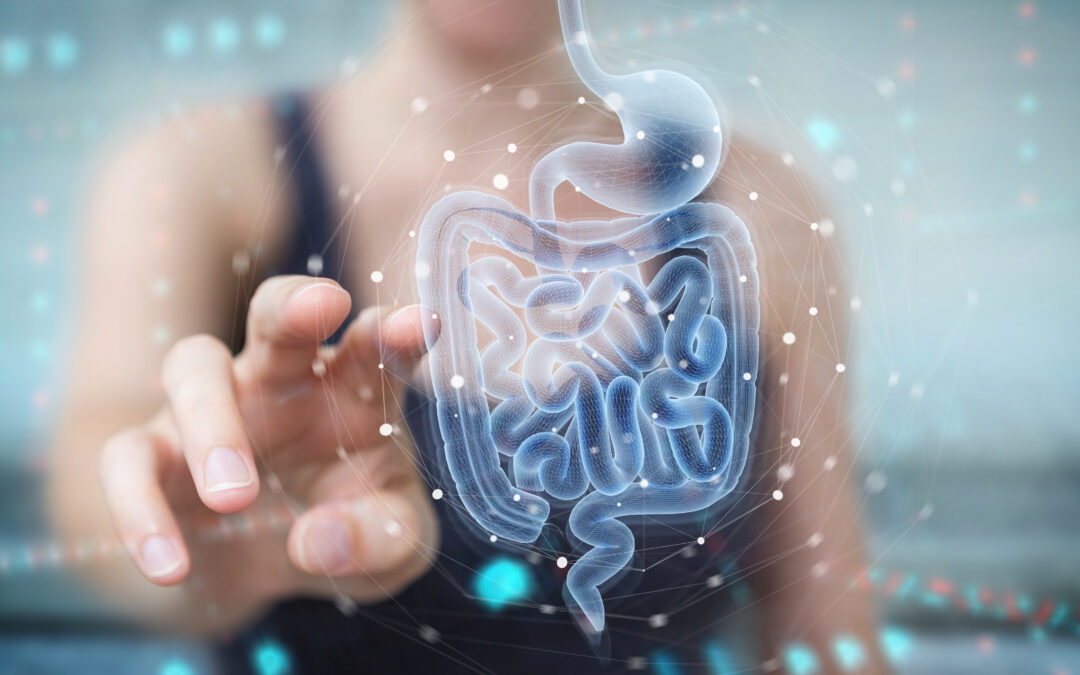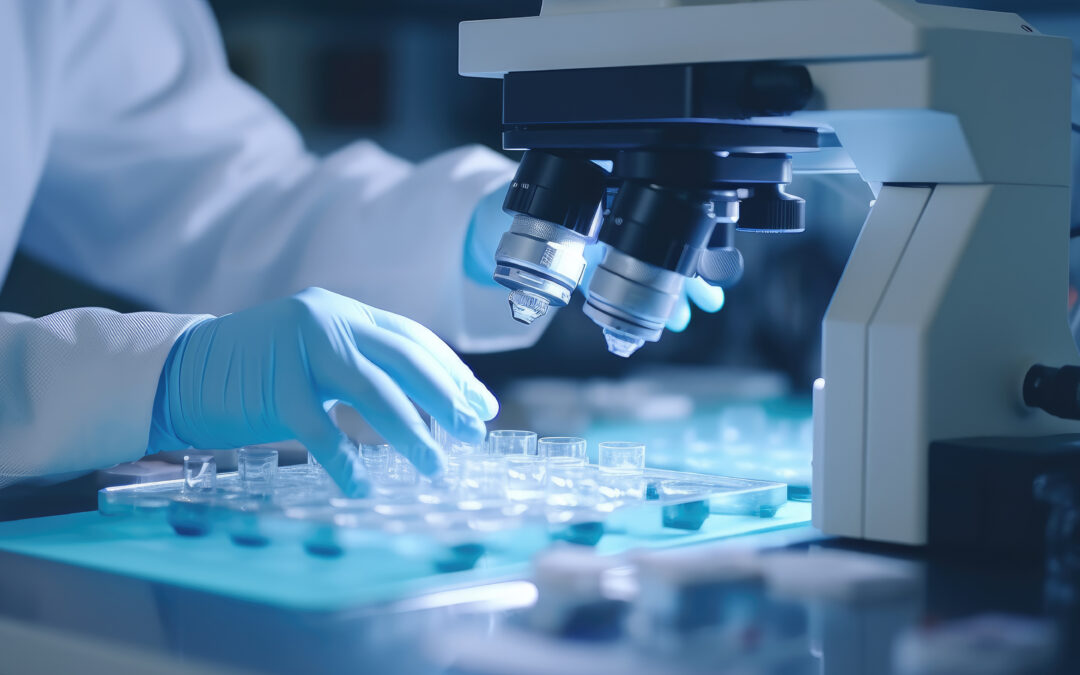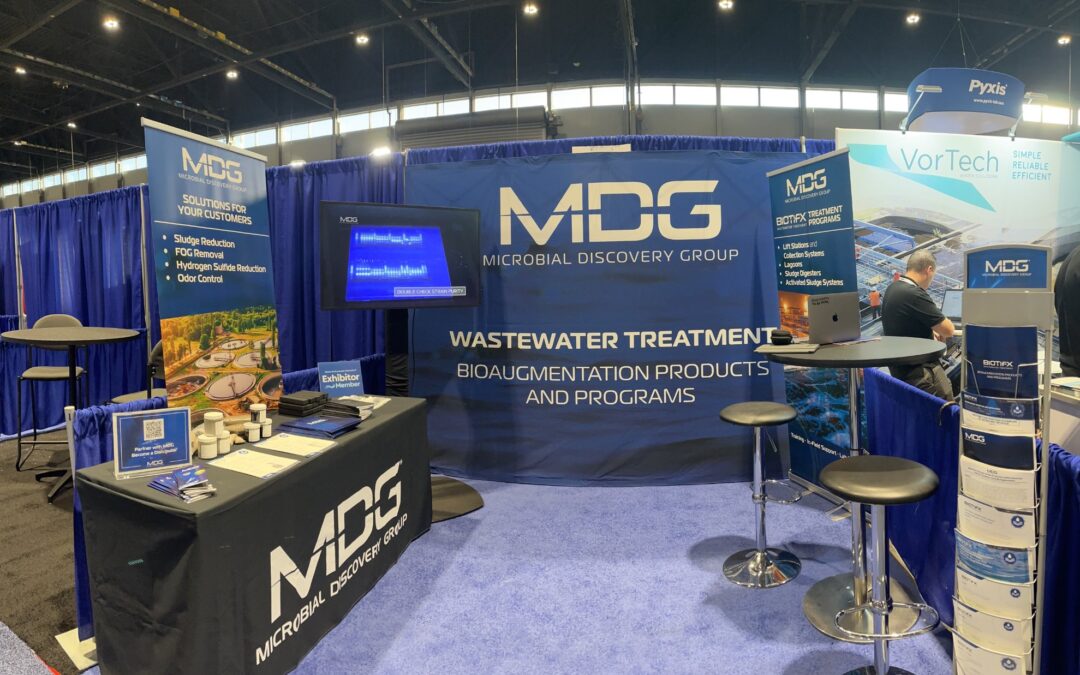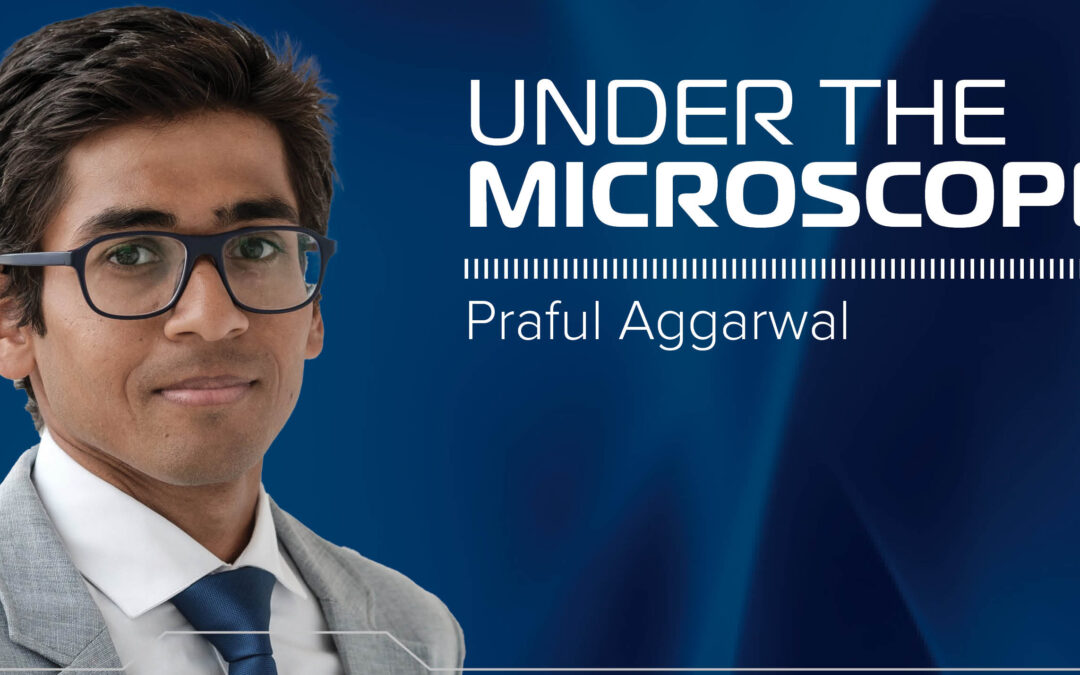At MDG, we continue to discover all the possibilities to treat wastewater with Bacillus. Through years of research and development, we’ve found that bioaugmentation is the answer for wastewater treatment.
Bioaugmentation is the process of adding scientifically selected organisms to a microbial community to enhance that community. The term bioaugmentation is often used to describe biological processes in wastewater treatment when using Bacillus products. We work directly with distributors in the wastewater treatment market to deliver ready-to-use solutions on a global scale.
Why are bioaugmentation products used?
Not every species and strain of bacteria are good at everything. Bioaugmentation products are used when you want to improve an aspect of an environment biologically (i.e., eliminate foul odors, digest wastewater sludge, etc.). While the existing community of bacteria are good at certain things, when we introduce specific strains that are better than others, we can make the entire population more efficient.
For example, in wastewater treatment, while the existing community may be good at breaking down specific substrates, the addition of Bacillus increases the ability to break down compounds with enzymes.
This process allows the whole community to digest more efficiently. Bacillus has been shown to significantly reduce fats, oils, grease (FOG), sludge, odors, carbon oxygen demand, biological oxygen demand, suspended solids, the chance for system upsets, and more.
How do the bacteria within bioaugmentation products work with the existing microbial community?
Figure 1: Biological activity was measured in untreated wastewater (control) and wastewater treated with MDG’s Bacillus product (treated). The biological activity was higher when treated with MDG’s Bacillus.
It is vital to note that rather than taking over the system, the bacteria used in our bioaugmentation products strengthen the capabilities of the other members of the microbial community. When considering the larger microbial ecosystem, Bacillus plays a relatively minor role.
With bioaugmentation, species of Bacillus are introduced that can break down specific, sometimes hard-to-digest, compounds into smaller digestible compounds for themselves and the existing microbial population. As more accessible food (like sludge and FOG) become available, both the Bacillus and the existing population work together.
Not only does bioaugmentation enhance the community, but it also increases diversity within the existing microbial community, thus limiting the ability for one type to dominate and cause problems within the system (i.e. sulfur reducing bacteria leading to hydrogen sulfide production).
As you can see, bioaugmentation brings a unique set of abilities to enhance the microbial community within the wastewater and plays a vital role in wastewater treatment.
How can MDG help?
It’s our mission to harness the power of biology to make the world a better place, which is why our R&D work spans SEVEN different markets. CLICK HERE to learn more about these various industries and how we’re helping our customers solve complicated challenges through bioaugmentation and beyond.

